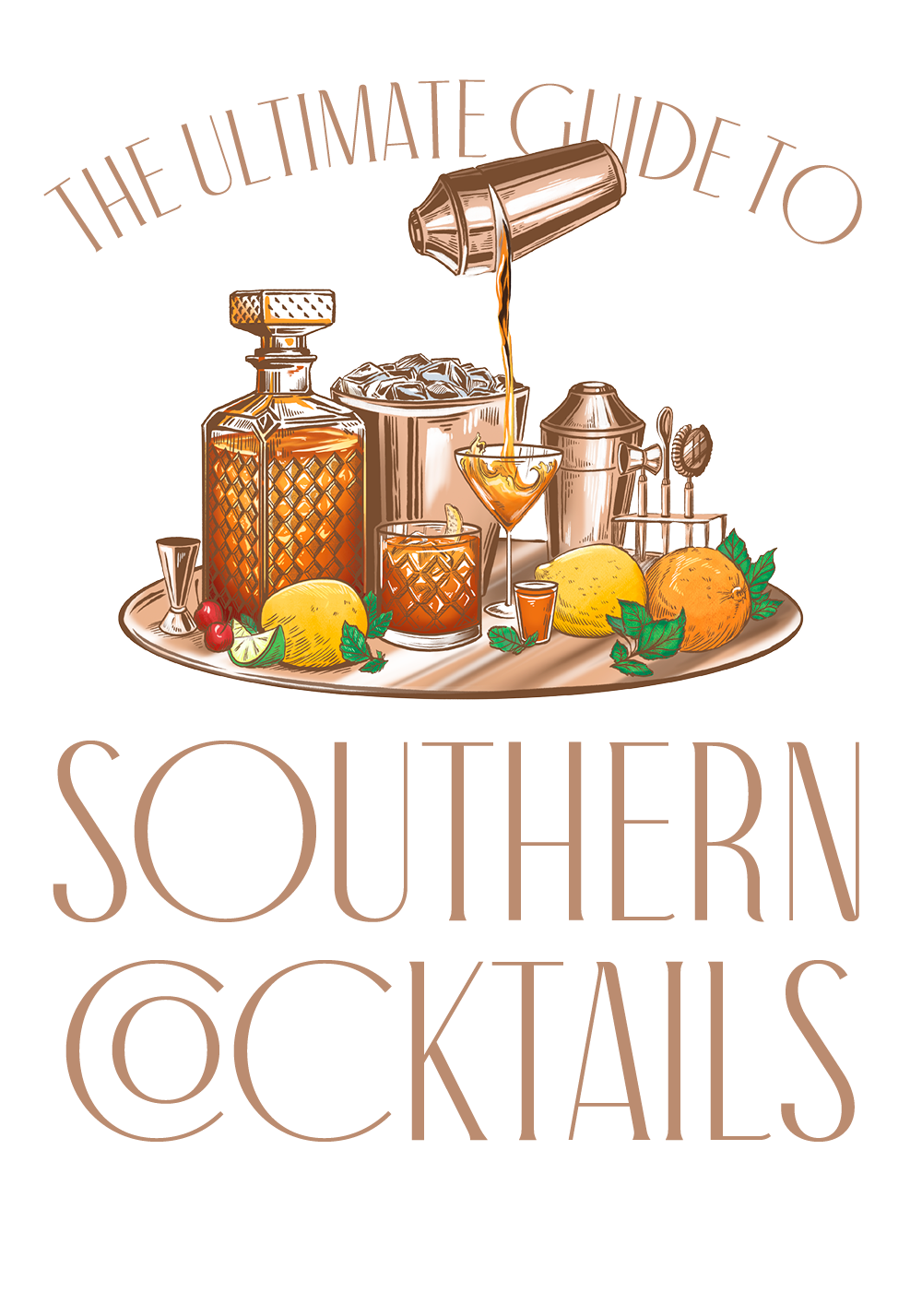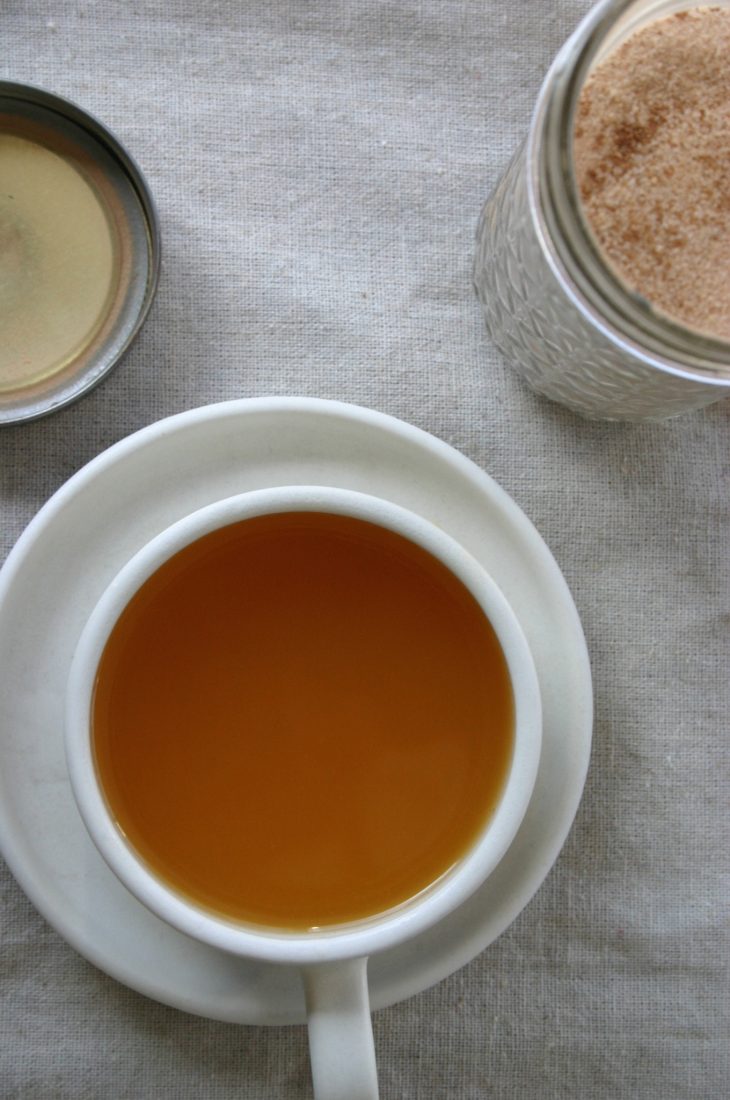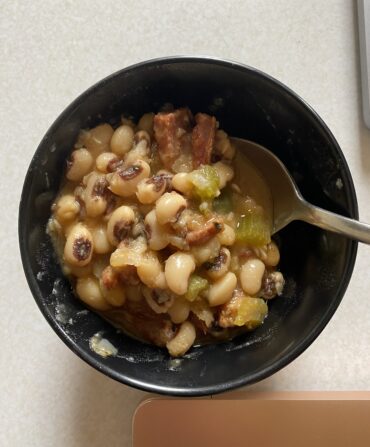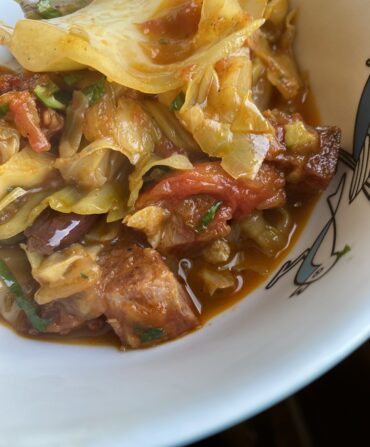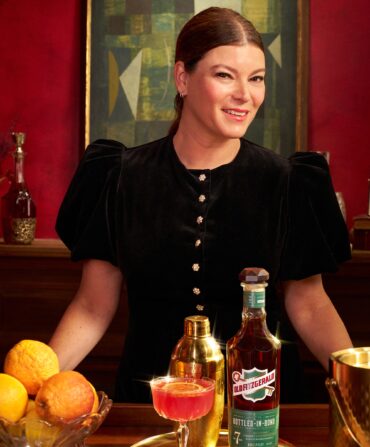Russian Tea is not from Russia. At least, not Russian Tea as we Southerners know it. The giftable dry mix that is the stuff of countless mid-century community cookbooks dates back to the late nineteenth and early twentieth centuries, when American urbanites sipped black tea with lemon and sugar in imitation of upper-class Russians. Within decades, so-called Russian Tea, which was by then often doctored with clove and cinnamon, washed down chicken salad and mixed nuts at meetings of bridge clubs and church groups across the South. In the transformative years following World War II, the basic formula of hot tea with citrus became a showcase for the convenience foods of the Space Age: Tang, powdered lemonade, instant tea. And there, at last, is the Russian Tea we all know and love—layered with love in a Mason jar, and tastefully tied with grosgrain or gingham.
My family’s favorite recipe is a relic from that time. It comes from the spiral-bound pages of the Centenary Cookbook, a late-sixties collection of drinks and dishes from the ladies of the Centenary Methodist Church in Winston-Salem, North Carolina. My grandmother pitched in her recipe for banana bread, but Mrs. James Donald of McLean, Virginia, was the woman responsible for Instant Russian Tea II, a dry mix with only five ingredients.



